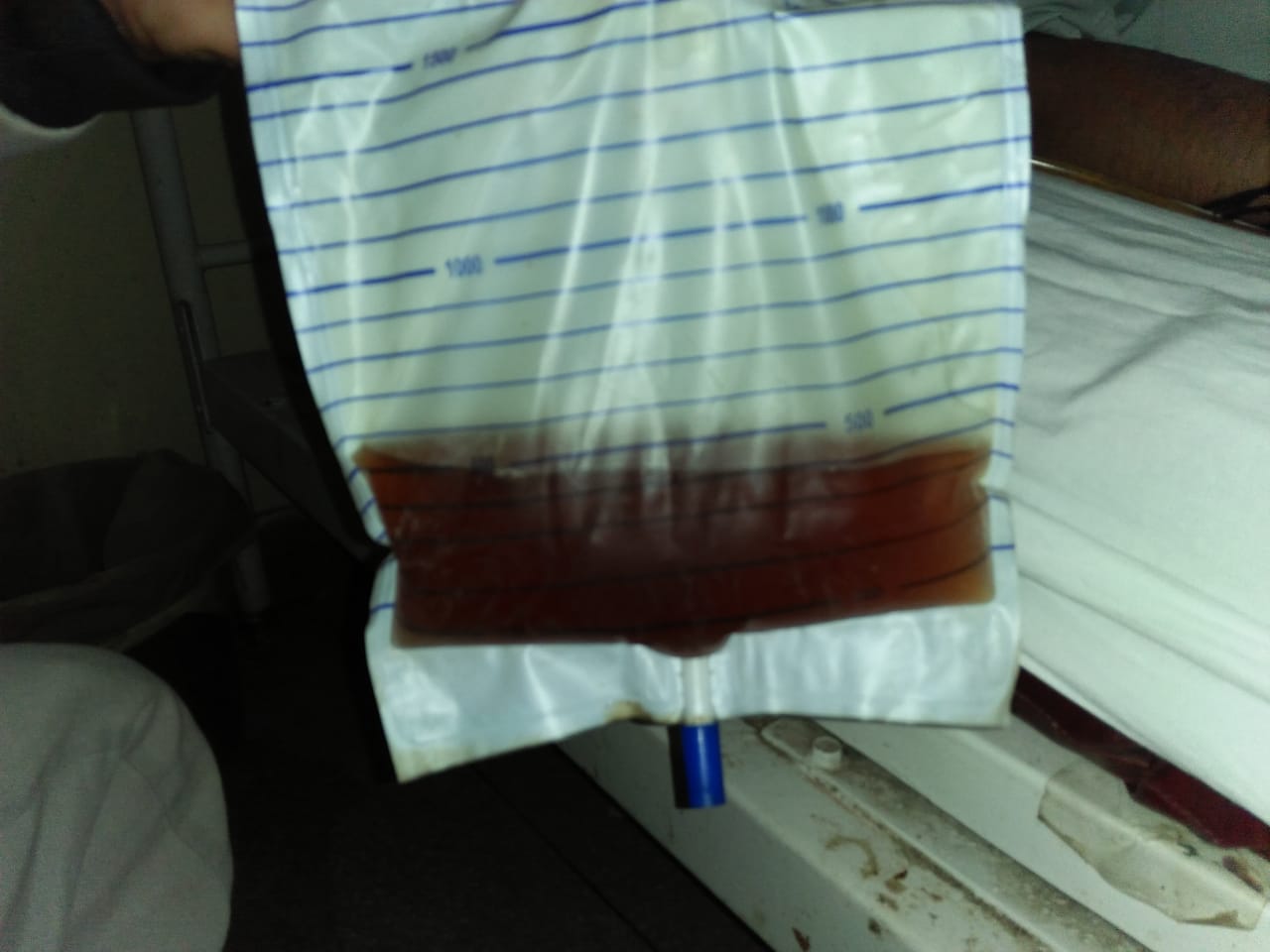Kala pathar or Paraphenylene Diamine (PPD) is a commonly used ingredient in Henna and hair dyes. Local skin reactions are very common, however, severe allergic reactions may follow after ingestion of minute quantities of the powder.
Being very cheap and easily available, it is now commonly used for a suicidal purpose. Accidental ingestion by kids is also not uncommon. This is our patient who ingested kala pathar powder and barely escaped death because of timely intervention.
Our patient who barely escaped death …

A young male patient was brought to emergency after ingestion of Kala Pathar powder. The patient was assessed in the emergency. He was initially maintaining normal vital signs.
Because angioedema is a universal finding in these patients, the ENT doctors were requested to assess the patient beforehand. He was assessed by the ENT doctors and advised close monitoring of the patient.
Within the next few minutes, the patient suddenly developed facial and periorbital swelling. This was followed by difficulty in breathing.
An emergency tracheostomy was performed and the patient was started on supportive care. He was given fluids, antacids, oxygen, steroids, and nasogastric feeding was initiated.
Over the next few days, the patient condition deteriorated. He developed rhabdomyolysis (muscle necrosis), multiorgan failure, and the angioedema worsened.

Since we were losing this young patient, we decided to give him a trial of high dose pulse methylprednisolone.
He was started on methylprednisolone at a dose of 1 gram once daily for five days. The patient condition started improving after the second dose. He stayed in the ward for another week after which he was extubated and discharged in a stable condition.

What is propylene diamine or kala pathar?
Kala pathar is an emerging cause of poisoning in Pakistan. It is used in hair dyes and available as grains crushed and mixed with henna powder to enhance its color.
What are the clinical manifestations of kala pathar ingestion?
Kala pathar or PPD causes muscle necrosis leading to acute renal failure and severe angioedema obstructing the airways. Patients develop intravascular hemolysis and rhabdomyolysis leading to pigment nephropathy.
Laryngeal edema may require urgent tracheostomy and ventilatory support.
Intubation via endotracheal tube may be difficult to insert because of severe edema. Acute kidney injury and electrolyte imbalance may require urgent hemodialysis.
Prognosis has been reported to vary and depends on the amount of PPD or kala Pathar ingested and the severity of organ dysfunction. However, most studies have estimated the mortality to vary between 30 and 60%.
Apart from hemodialysis and tracheostomy, supportive treatment include management of fluid and electrolytes (hydrating the patient, correcting hypocalcemia, hyperkalemia, and hyperphosphatemia).
Treatment of laryngeal edema and upper airway obstruction requires prompt administration of steroids.
Although high dose steroids may not have been studied. However, because of the unavailability of ventilatory support and despite supportive treatment and hydrocortisone, the patient condition was deteriorating.
Pulse methylprednisolone therapy was started and continued for 5 days and the patients’ condition improved remarkably. He was extubated and referred to psychiatry for evaluation.
Take home message …
PPD or kala pathar is commonly added to hair dyes and henna to enhance its color. Henna is commonly used in the subcontinent during weddings and other ceremonies.
The accidental intake by kids and intentional ingestion for suicidal purposes may lead to the death of the person. People need to be educated regarding their severe allergic reactions and angioedema.
Furthermore, the role of high dose pulse methylprednisolone may be added as rescue therapy by the physicians in challenging and life-threatening cases.